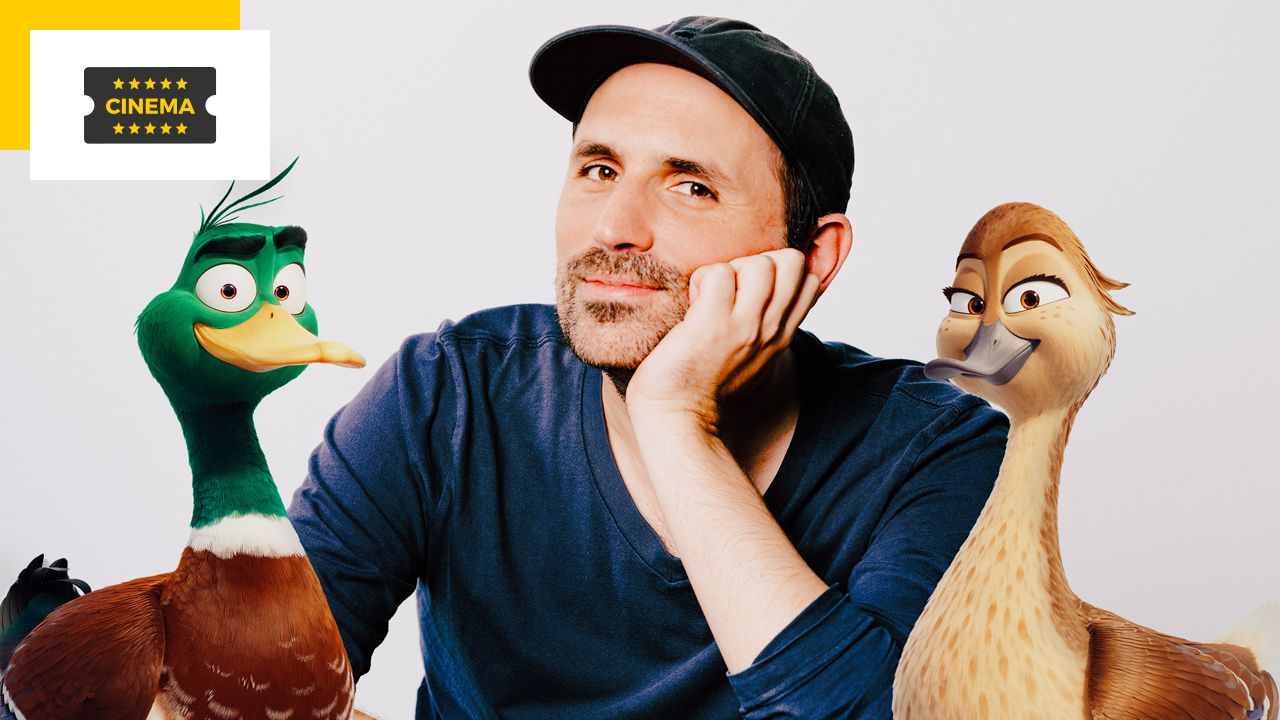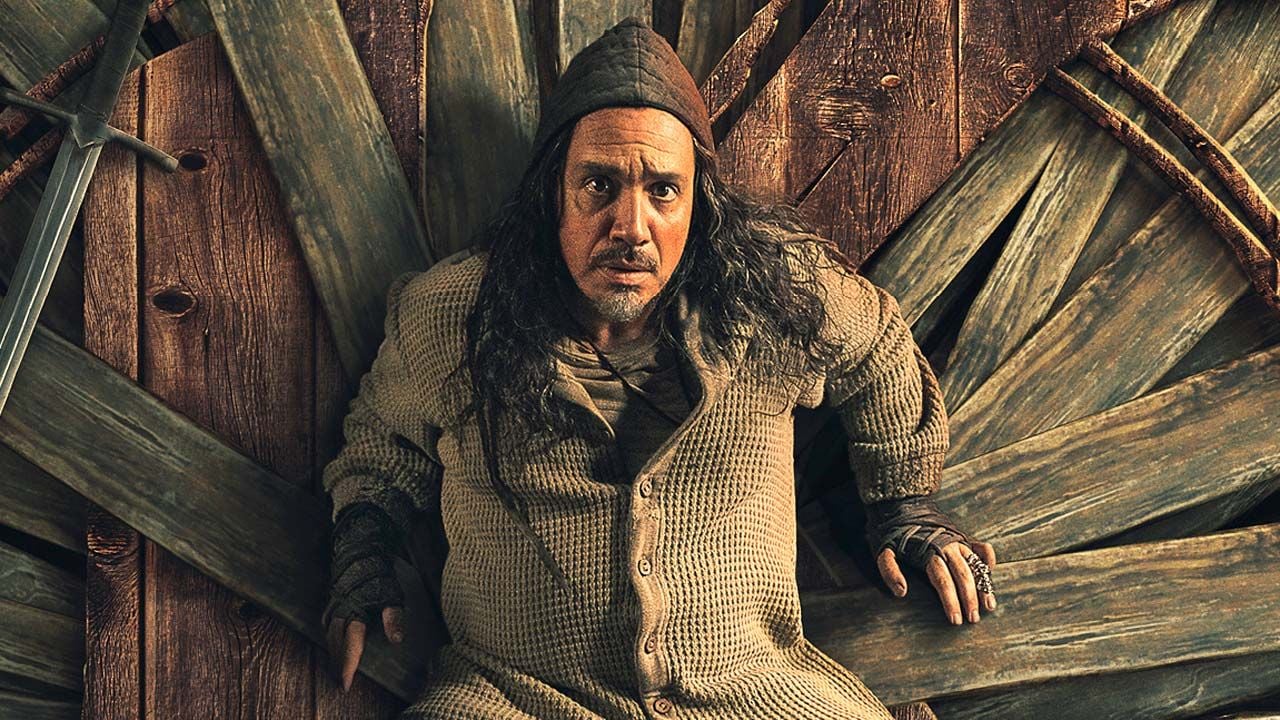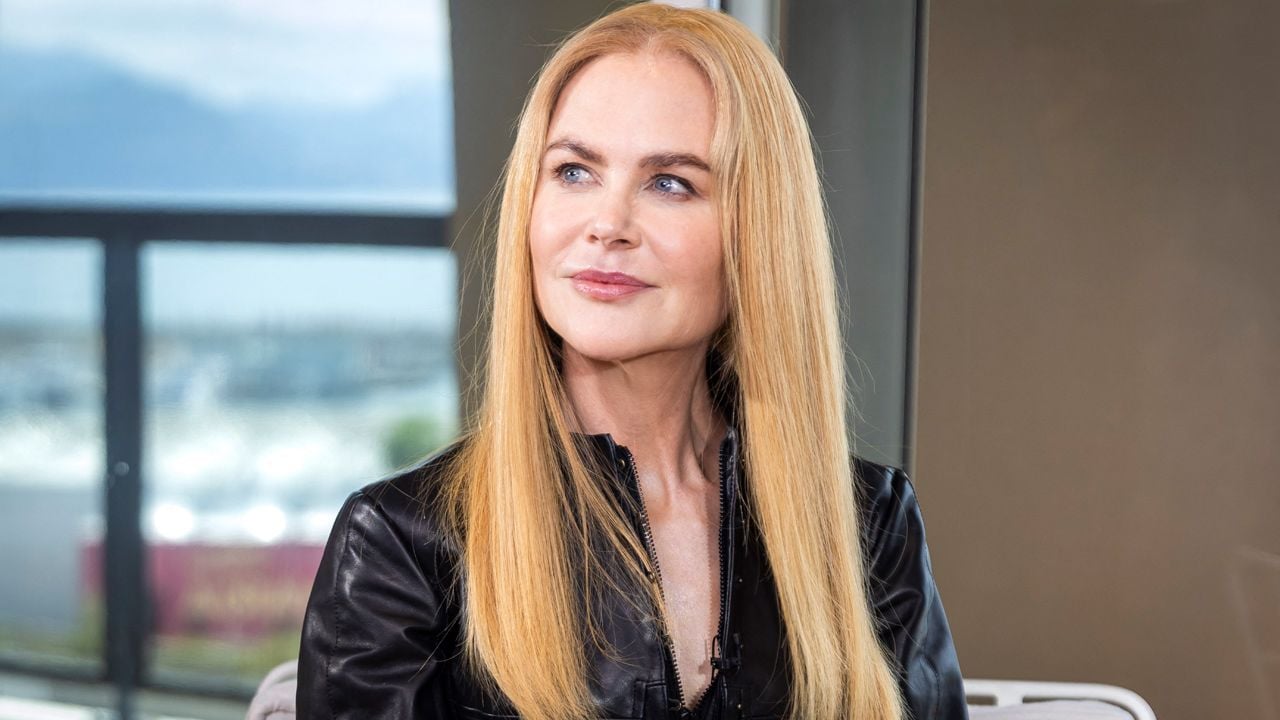Six years after The Big Bad Fox and Other Tales, French director and designer Benjamin Renner returns with Migration, his first feature film co-produced with Gilo Homsi for a major American studio.
Produced by Illumination, to whom we owe the Despicable Me saga, Minions, Comme des bêtes and most recently Super Mario Bros, the film, Migration hits our theaters this Wednesday, December 6th.
The film tells the story of the Malad family, who for the first time decide to leave their peaceful New England basin and fly to the lagoons of Jamaica. The ducks experience an incredible adventure full of learning and twists.
We talked to the French director Benjamin Renner about the release of the film. You can listen to the full interview below.
The latter especially speaks to the different ways of working between a French studio and a large American studio.
“When I came to the project, the first script was already written. Mike White worked on it for a year. The script was ready for production. But the American method dictates that even if the script is written and they are satisfied with it, they continue to experiment, try to find new ideas and whoever can contribute to the construction of the building to enter.
Producer Christopher Meledandri is excited to hear new ideas. So I was very happy to see that Chris gave me the opportunity to suggest different sequences, attitudes, characters. It was so nice to express myself like that.
Even though he’s overseeing everything, giving broad outlines and saying, “I want us to talk like this,” he left me free to respond to his requests however I wanted.
“The script is never finished in the United States”
Other writers came in to help and promote new trophies. That’s how they work, which means the script is never really finished. Until the last moment, the producer allows himself to say “we can still change elements of the story”.
It doesn’t work that way in France. The script may evolve, but we follow the story. The script is a drawn film. Michel Ocelot calls it “Strayboarding.” The story is told with rather messy drawings without animation.
Once we all agree and the producer gives the go-ahead, we don’t touch any more, or very little, and move on to animation. We don’t change the direction anymore. Which is quite stressful, because quite early on we really have to be sure that it’s going to be very effective.
migration
In the United States it is different. The problem with the American method is that it’s a bit like building a castle on sand. Because the movie is necessarily, “We’re going to put something here that’s going to echo something that’s going to happen 30 minutes in, 40 minutes in, much later in the movie.” And suddenly the producer tells us: “This has to be changed.” Except it changes everything… so it’s very difficult.
It’s frustrating and sometimes destabilizing, but it’s also exciting because there are events. When we thought we had the best version, the producer challenged us to find something better. At first we answered that we gave everything, but in the end we found something better.
migration You can see it in theaters this Wednesday, December 6th.
Source: Allocine
Rose James is a Gossipify movie and series reviewer known for her in-depth analysis and unique perspective on the latest releases. With a background in film studies, she provides engaging and informative reviews, and keeps readers up to date with industry trends and emerging talents.







